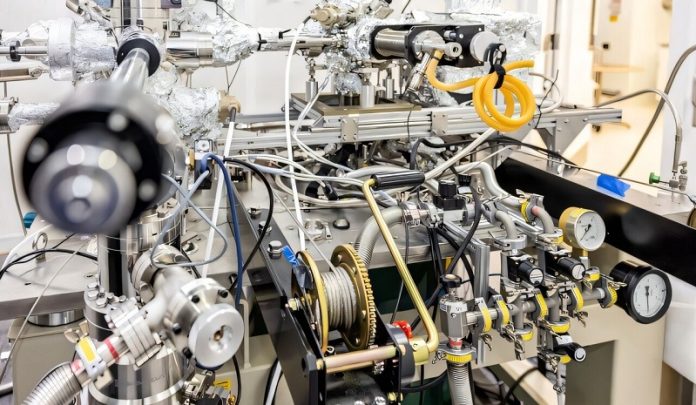
A team of researchers led by Yale University has found strong evidence for a new type of superconductor, a breakthrough that could change the way we understand and use superconductivity.
Superconductors are materials that can carry electric current without losing energy, and this discovery may reveal a new way to create them.
The study, published in Nature Physics, focuses on a unique property called “electronic nematicity.”
This is a phase of matter where electrons behave differently depending on direction, breaking their usual symmetry. The researchers believe this behavior might be linked to superconductivity.
What is nematicity?
In simple terms, nematicity is when electrons in a material prefer to move in one direction over another.
Imagine electrons on a grid of iron atoms. At high temperatures, they move equally in all directions.
But when the material cools, the electrons may start to favor moving horizontally or vertically. Sometimes, they even fluctuate between the two directions—this is called nematic fluctuation.
Scientists have long suspected that these fluctuations might cause superconductivity, but proving it has been extremely difficult.
Now, using a material made from iron selenide crystals mixed with sulfur, the Yale-led team has found evidence supporting this idea.
The researchers worked with iron selenide materials because they show nematic behavior and superconductivity but lack magnetic properties that can complicate studies.
To test their theory, they cooled the materials to extremely low temperatures—less than 500 millikelvins, just above absolute zero—over several days.
They used a special tool called a scanning tunneling microscope (STM) to observe how the electrons behaved at the atomic level.
The STM allowed the team to measure something called a “superconducting gap,” a key indicator of superconductivity.
They found that the gap matched what they would expect if nematic fluctuations were causing the superconductivity.
“This has been very challenging to prove because the measurements require extremely low temperatures,” explained lead researcher Eduardo H. da Silva Neto. “But our results provide strong evidence that nematic fluctuations are behind the superconductivity in these materials.”
This discovery opens up new possibilities for understanding and controlling superconductivity. The researchers plan to explore what happens as they change the amount of sulfur in the material. For example, will superconductivity disappear? Will other properties, like spin fluctuations, return?
“There are many questions we still want to answer,” da Silva Neto said. “This is just the beginning of an exciting journey.”
By uncovering a new mechanism for superconductivity, this study could pave the way for advanced technologies that use superconductors in more efficient and innovative ways.



